calsfoundation@cals.org
Scranton (Logan County)
| Latitude and Longitude: | 35°21’40″N 093°32’09″W |
| Elevation: | 374 feet |
| Area: | 0.51 square miles (2020 Census) |
| Population: | 245 (2020 Census) |
| Incorporation Date: | November 21, 1910 |
Historical Population as per the U.S. Census:
|
1810 |
1820 |
1830 |
1840 |
1850 |
1860 |
1870 |
1880 |
1890 |
1900 |
|
– |
– |
– |
– |
– |
– |
– |
– |
– |
– |
|
1910 |
1920 |
1930 |
1940 |
1950 |
1960 |
1970 |
1980 |
1990 |
2000 |
|
– |
400 |
332 |
322 |
283 |
229 |
222 |
244 |
218 |
222 |
|
2010 |
2020 |
|
|
|
|
|
|
|
|
|
224 |
245 |
|
|
|
|
|
|
|
|
Investors seeking to profit from coal mining established the city of Scranton in Logan County early in the twentieth century. Although the nearby coal mines did not prove to be profitable, Scranton survived and flourished, becoming for a time one of the largest cities in Logan County.
James Murphey was the first owner of the land on which Scranton would be built. His deed to the land was registered in 1838, and Murphey bought additional land adjacent to his first lot in 1839 and in 1843. It remained farmland until 1907, when Harmon Remmel led a group of investors to purchase land in Logan County for a city that would be a center of mining operations. They named their city for Scranton, Pennsylvania, which is known for its coal industry. The company Remmel and his partners founded was variously named the Arkansas Anthracite Coal Company and the Scranton Coal Company. The bed of coal they hoped to mine was buried between 700 feet and 1,200 feet underground. Coal-mining shafts in Arkansas were usually no more than 480 feet deep.
The company surveyed the land for the city in January 1909, creating 105 blocks and 1,140 lots. The first building completed was a wood structure that served as a combination restaurant, bakery, shoe cobbler shop, and rooming house. Other construction followed, including six general stores, a hotel, a brick factory, a bank, and a jail. A newspaper, the Scranton Independent, was started by J. Higgins. A public school was built in 1912. St. Ignatius Church was established in 1911; it also operated a school. Many of the residents of the area were Roman Catholic, having come to Arkansas from southern Germany in response to advertisements produced by the railroad industry. The Fort Smith and Subiaco Railroad built a line to Scranton anticipating a boom in coal mining, but the mines did not produce as expected.
In the 1920s, the city struggled to survive. After robberies and trouble with collecting loans, the bank failed. It was then purchased and reopened as the Logan County Bank. Higgins moved, taking his newspaper business with him. Several stores closed. Education and the church kept the community alive, as schools in Dublin (Logan County), Johnson (Logan County), and Prairie View (Logan County) were all consolidated into the Scranton school system. A new school building was constructed in Scranton in 1930 to accommodate the growing student population. The coal mines operated at capacity briefly in 1929 but were closed by February 1930. A Holiness church was established in Scranton in 1932.
A new post office was built in 1959, and various additions to the school were made in the 1970s and 1980s. By 1988, many of the stores in Scranton had closed, although the bank had recently remodeled its building and was still serving customers. Scranton has several churches, including St. Ignatius, First Baptist, Pleasant Hill Missionary, and a Holiness church. The school educates about 400 students, with about 210 in the elementary school and about 190 in the high school. Businesses in Scranton include a restaurant, a feed mill, a truck and trailer business, and several other highway businesses. The population of Scranton in 2010 was 224, none of whom were identified as African American or Hispanic.
For additional information:
Logan County, Arkansas, Its History and Its People. Paris, AR: Logan County Historical Society, 1987.
Terwey, Dortha. “Scranton.” Wagon Wheels 8 (Spring 1988): 9–12.
Titsworth, Elizabeth. “Paris Coal Mines…and…the Town of Scranton!!” Wagon Wheels 22 (Spring/Summer 2002): 14.
Steven Teske
Butler Center for Arkansas Studies
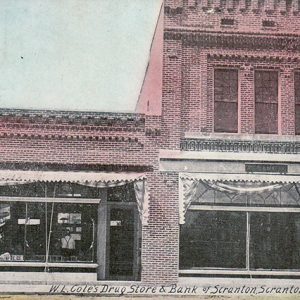 Bank of Scranton
Bank of Scranton 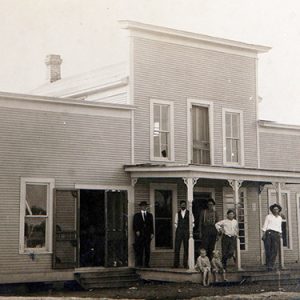 Koerdt's Boarding House
Koerdt's Boarding House 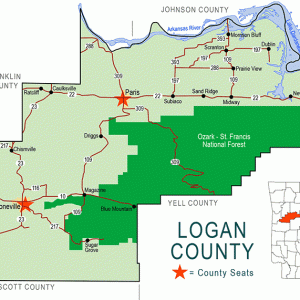 Logan County Map
Logan County Map 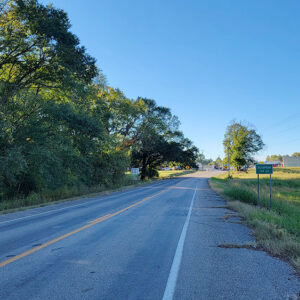 Entering Scranton
Entering Scranton  St. Ignatius Church
St. Ignatius Church 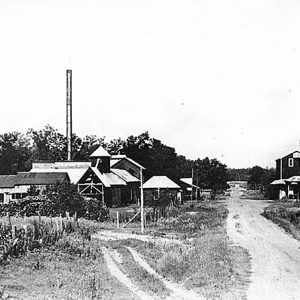 Scranton Cotton Gin
Scranton Cotton Gin 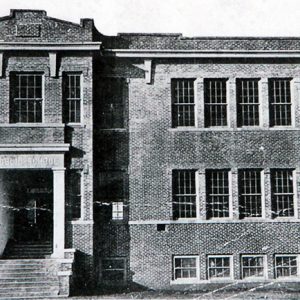 Scranton High School
Scranton High School 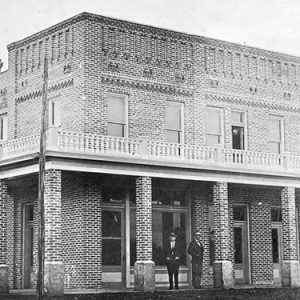 Scranton Hotel
Scranton Hotel 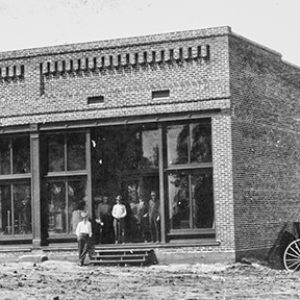 Smith & Cox Hardware
Smith & Cox Hardware 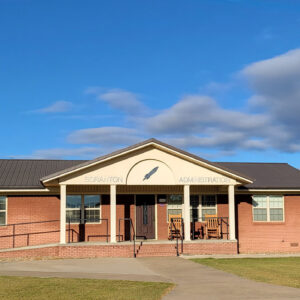 Scranton Administration
Scranton Administration 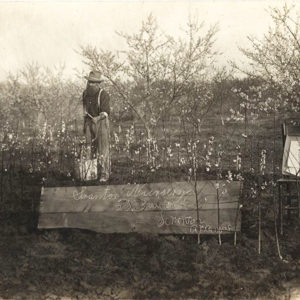 Scranton Nursery
Scranton Nursery  Scranton Post Office
Scranton Post Office 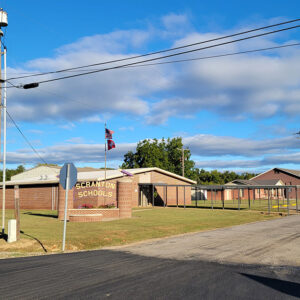 Scranton Schools
Scranton Schools 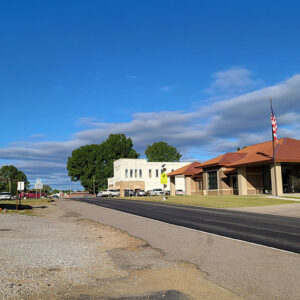 Scranton Street Scene
Scranton Street Scene  St. Ignatius Catholic Church
St. Ignatius Catholic Church 




Comments
No comments on this entry yet.